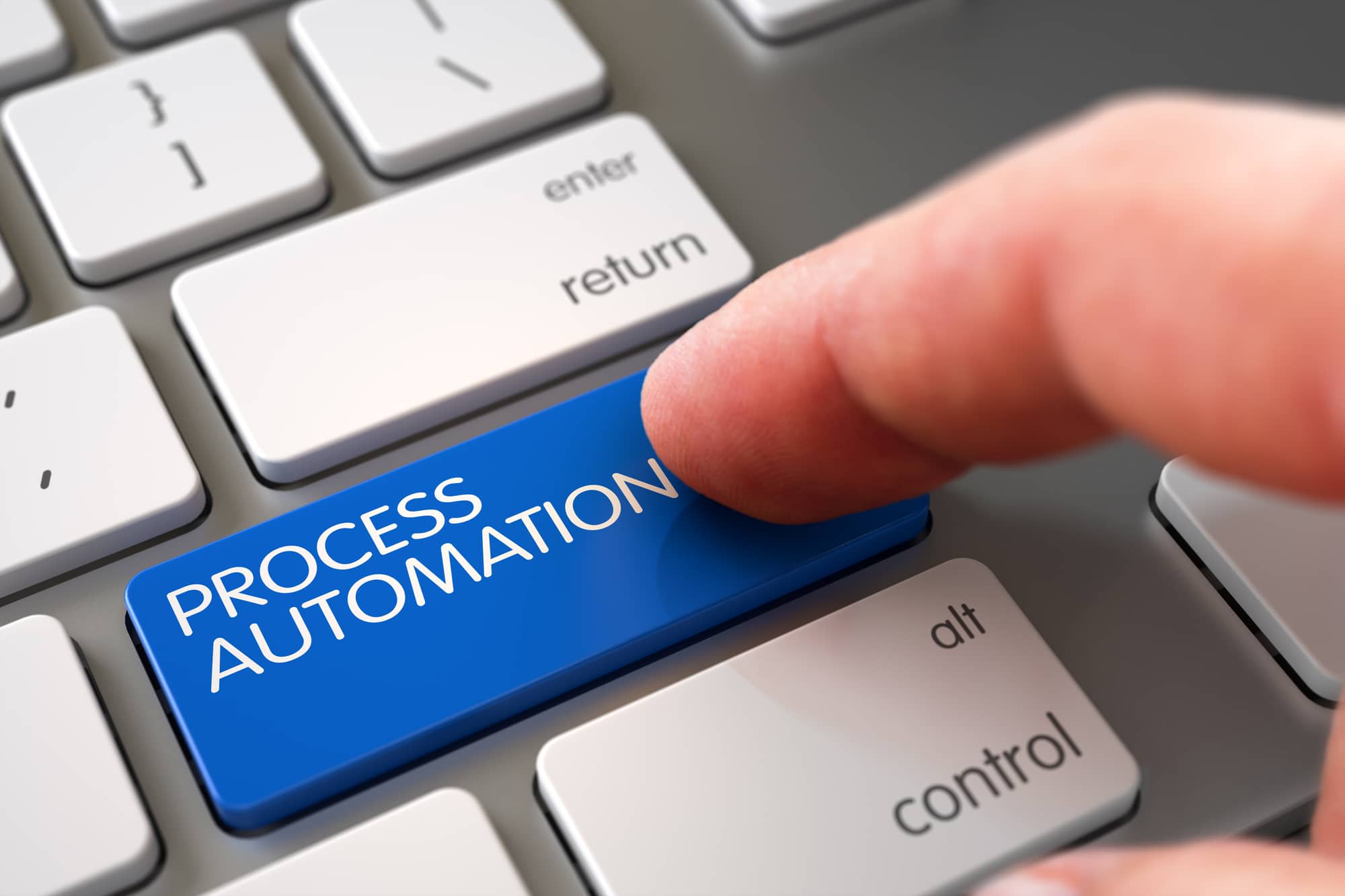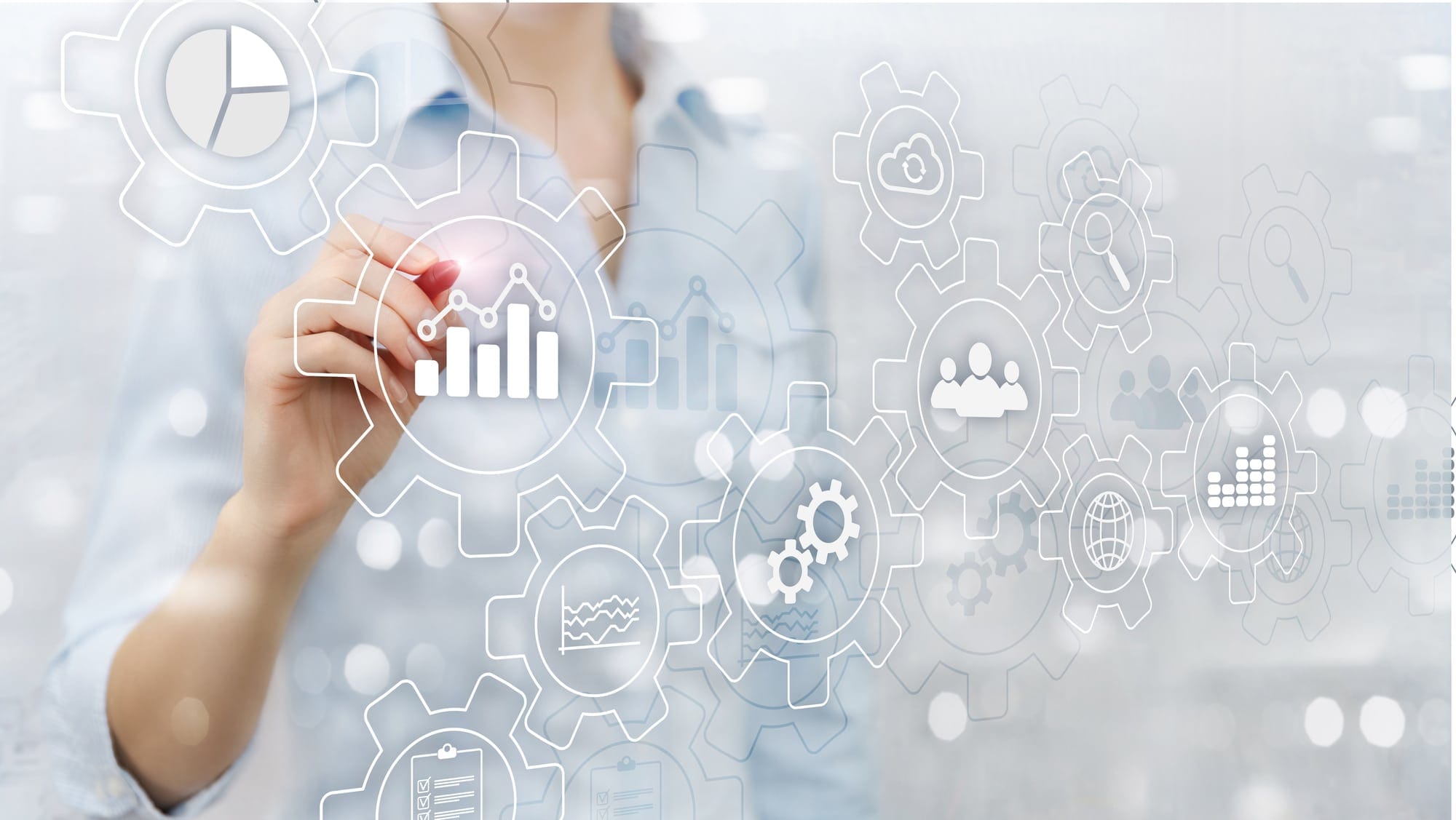Automated analytics refers to using the latest technology, tools, and algorithms to make the data analysis process more effective and efficient.
Have you ever thought about how big companies and organizations make decisions? They don't just randomly decide upon matters.
They take their time and collect data; after that, they conduct data analysis and analyze the findings. Based on those findings, organizations make well-informed decisions.
The purpose of conducting data analysis before making decisions is to ensure correct decisions. Data analysis is a significant technique to extract the relevant information from the data.

Although several data analytics tools exist, extracting and analyzing relevant data to obtain meaningful results is still very difficult. The sheer volume of data and its complexities act as a challenge to conduct data analysis.
Automation has been introduced in data analysis to solve this problem. Automation in data analysis refers to the use of the latest technologies and algorithms to collect, model, analyze, and interpret data.
Initially, the data analysis was conducted manually. Currently, automation in data analysis has increased the speed of the entire process and enhanced the accuracy of the results.
As the demand for data-driven insights increases, automated analysis is necessary for organizations to stay competitive. Automated analytics didn't exist a couple of years back.
Over the years, as advancement has taken place and the demand for data analytics has increased, automated data analytics have emerged to increase organizational efficiency.
The Evolution of Data Analysis
The evolution from manual data analysis to automated analytics happened over the years as the need for efficient and effective analysis techniques arose.
Initially, data analysis used to be carried out manually. All the data is sorted and interpreted manually. Due to the limited human capacity, the data analysis was limited. Simple statistical methods were used to analyze the data.
Later in the 20th century, computers were used for data analysis. This transformed the data analysis process since calculations have become much easier, and the time needed to conduct data analysis has decreased.
Later, statistical software such as SAS and SPSS emerged. Using these tools made it easy to analyze and clean complex data.
After that, business intelligence tools were launched. These tools bought a bit of automation. They focused more on data visualization. In the 21st century, machine learning and advanced data analysis techniques were introduced. These techniques made it possible to forecast based on previous data.
Recently, big data and cloud computing techniques have transformed data analytics completely. Currently, artificial intelligence is being used to analyze data. The focus has shifted towards automated analytics since it is more efficient and effective.
Traditional data analysis techniques had limitations. For example, they weren't able to analyze large sets of data. Moreover, they required more time to analyze the data. Other than that, the data analysis results obtained using traditional methods weren't accurate.
Understanding Automated Analytics
Automated analytics refers to using the latest technology, tools, and algorithms to make the data analysis process more effective and efficient.
Various stages of data analysis are automated in automated analysis, which allows accurate results to be obtained and helps organizations make well-informed decisions.
Automated analytics have some key components that make the data analysis possible. One of the components of automated analytics is data collection and ingestion.
Different tools and scripts extract the data into the centralized system and ensure a continuous data flow. Besides that, data preparation is another component of automated analytics that is carried out through different algorithms and data engineering tools.
In the process of data preparation, data is cleaned and formatted so that it can be analyzed using different tools. Exploratory data analysis is then carried out to identify the trends and patterns in the data through visualization tools.
Moreover, data interpretation is also done through automated tools. These tools predict and forecast the future outcomes based on the previous data.
Automated analysis is possible with the help of various techniques and technologies. For example, machine learning algorithms classify the data and make predictions.
Moreover, deep learning techniques help in learning the hierarchical representation of data. It helps in analyzing time-series data. Besides that, natural processing language is a field of artificial intelligence that extracts data from texts.

Advantages of Automation In Data Analysis
Automation always increases efficiency and productivity no matter where it is applied. Automation has several advantages in data analysis. Let's proceed further and discuss some of the advantages.
Increases Efficiency
Automation speeds up the process of data analysis. When data analysis was carried out manually, it would take a lot of time to conduct it due to decisions not being made promptly.
As automation has increased efficiency by reducing the processing time of data analysis, organizations can make decisions timely.
Scalability
Initially, when data analysis was carried out manually, it was impossible to analyze extensive data sets due to the limitation of human capacity. However, now that automation has taken place and various tools exist, it has become possible to analyze large data sets without taking extra time.
Reduced Human Error
Automation in data analysis reduces human error because automated tools process the data according to the predefined rules of the algorithm. Due to the reduced human error, the effectiveness of data analysis has increased.
Consistency
Automation ensures the consistent application of analytical methods over the entire dataset. This minimizes the errors that used to prevail while conducting manual data analysis.
Applications of Automated Analytics
Data has always been used in every industry to make infrared decisions. After the emergence of automated analytics, more businesses and industries use it to get insight into their operations and make decisions accordingly.
The banking and finance sector is using automated analytics to assess real-time risk. Moreover, automated analytics is also being used to detect fraud and optimize portfolios.
The usage of automated analytics helps banks and the finance sector to enhance customer experience and mitigate risks.
Other than that, the healthcare sector is also getting benefits from automated analytics. The healthcare sector uses automatic analytics for treatment planning and patient diagnosis. Furthermore, automated analytics also help healthcare facilities optimize operations and manage health records.
Besides that, the marketing and e-commerce industry highly relies on automated analytics to extract information from the data regarding the reach of an advertisement. Moreover, the marketing industry uses automated analytics for customer segmentation, targeted marketing campaigns, and behavior analysis.
The importance of automated analytics can be highlighted by analyzing Amazon's case. Amazon is a giant e-commerce platform. It receives millions of orders each day. Amazon soon realized it couldn't carry out its operations by relying on manual processes.
Amazon adopted automated analytics to streamline the supply chain and logistics operations. The use of automated analytics increased Amazon's efficiency and improved customer satisfaction. Furthermore, it helped Amazon grow rapidly.
Challenges And Considerations
Automated analytics have solved numerous problems, and it has a lot of benefits. However, some challenges should be considered before adopting automated analytics.
Automated analytics raises serious data privacy concerns since it relies heavily on large sets of data that may contain sensitive data. Organizations need to adopt data privacy techniques to ensure their data remains protected.
Besides that, the algorithm used in automated analytics can overlook the biases existing in the training data. This can alter the results of the analysis and lead to wrong decision-making.
To make sure that bias doesn't exist, organizations need to have an audit of algorithms. Moreover, organizations need to test the data bias to ensure accurate results.
Another challenge is the interpretation of automated analytical models such as deep learning neural networks.
It makes it difficult to understand on what basis a model is making a prediction. Automated analytics models can be interpreted only if they are made using simple algorithms.
Although automated analytics models are very advanced, they still require human oversight. Human oversight is essential for ethical and moral considerations. Ethical issues such as algorithm biases require human intervention to ensure fair results.
Furthermore, human oversight is also necessary to identify the unusual trends and patterns in the data that require interpretation.

Tools And Platforms For Automated Analytics
There are several tools used for automated analytics. Every tool has a different purpose and requires different types of expertise to operate. Let's look at some tools and platforms used for automated analytics.
Tableau
Tableau is one of the widely used tools for data visualization. Besides data visualization, it enables users to create and share dashboards with each other. Besides that, it connects to several data sources and allows users to analyze, visualize, and explore data.
Power BI
Power BI is a business analytics tool launched by Microsoft. This tool helps users to create dashboards and reports. Power BI also provides options for data visualization. Since it is Microsoft software, it integrates perfectly with Microsoft Excel.
RapidMiner
RapidMiner is a data science platform allowing users to drag-and-drop interface to build analytical workflows. Moreover, it supports several machine learning and data mining tasks.
The Future of Automated Analytics
Data analytics have come a long way. Initially, it was carried out manually. However, over the years, automation has been introduced in data analytics, which has caused data analytics to become more efficient and effective.
As we look into the future, we can surely say that automated analytics will change the landscape of data analytics for good. Automated analytics will further flourish, and new technologies will add up to form more advanced tools.
AI, augmented analytics, and predictive modeling will be integrated further. Augmented analytics will become common, combining machine learning and natural language processing to improve human decision-making.
Even non-technical users can perform complex analyses with the help of augmented analytics since it will become user-friendly.
Augmented analytics and Predictive modeling are emerging technologies. Augmented analytics automates the process of extracting and cleaning the data. Moreover, it helps in data visualization.
On the other hand, predictive modeling uses algorithms and machine learning techniques to analyze the data and make future predictions.
Predictive modeling focuses on selecting the appropriate algorithms while considering the nature of the data. Moreover, it focuses on training the algorithms to learn patterns and relationships.
Ethical Implications And Responsible Use
Automated analytics has transformed data analytics completely. It has made data analytics more effective and efficient. However, users should show responsibility while using automated analytics and ensure they use it for ethical purposes.
Automated analytics may analyze the data, which includes biases. Due to this, the results obtained will be altered. Hence, users are responsible for testing the data for biases before conducting the automated analysis.
Besides that, organizations should ask for their customers' consent before using automated analytics on their data. Otherwise, it can result in data breaches and lawsuits.
Moreover, applying automated analytics can have serious social and economic repercussions. For example, its application can result in unemployment. Responsible use is required to minimize the negative impacts of automated analytics.
Automated Analytics: Conclusion
Automated analytics is using automation to make data analytics more efficient and effective. Automated analytics uses the latest technologies and machines to analyze big data without taking extra time.
Before automated analytics, data used to be analyzed manually. However, there were a lot of problems associated with manual data analysis. For example, it wasn't possible to analyze big data manually. Moreover, the results obtained manually weren't accurate.
Automated analytics has a lot of benefits since it minimizes human errors while analyzing the data. Besides that, it minimizes biases, making the results more accurate.
Automated analytics is the next big thing since it will change the landscape of data analytics in the future. Organizations should adopt automated analytics to improve their decision-making and analytical skills.


